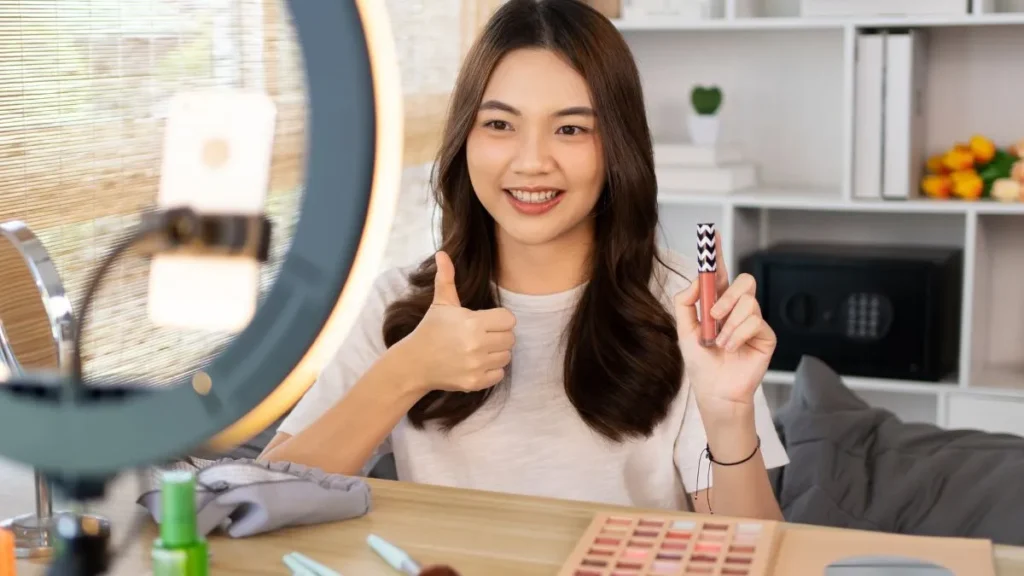Beauty has been a defining aspect of human culture across history, but the concept of beauty is neither universal nor static. Instead, global beauty standards are influenced by cultural influences, evolving over time and shaped by historical, societal, and media-driven forces.
The Historical Context of Beauty Standards
1. Ancient Ideals of Beauty
In ancient Egypt, symmetry and cleanliness defined beauty, with intricate hairstyles and kohl-lined eyes symbolizing status and allure. Meanwhile, in ancient Greece, proportionality and athletic physiques epitomized beauty perceptions.
2. Regional Differences in Historical Beauty
Cultural diversity meant that beauty ideals varied widely. For instance:
- In Renaissance Europe, fuller figures represented wealth and fertility.
- In East Asia, fair skin and delicate features were prized, reflecting aristocratic lineage.
Cultural Influences on Beauty Perceptions
1. Traditional Beauty Ideals
Cultural identity plays a significant role in shaping beauty standards. Traditional practices, such as henna in South Asia or tribal scarification in Africa, reflect beauty ideals tied to heritage and rites of passage.
2. Regional Beauty Standards
Each region has unique standards that influence individual and collective views of beauty:
- Asia: Emphasis on smooth, fair skin and minimalistic aesthetics.
- Africa: Celebration of bold features, vibrant colors, and natural hairstyles.
- Europe and North America: Fluctuating trends, from minimalism to the celebration of curves.
The Role of Media in Shaping Beauty Norms

1. Media and Beauty Representation
Global media often perpetuates narrow beauty ideals, focusing on Eurocentric standards. This can overshadow diverse beauty and marginalize cultural representations.
2. Social Media and Inclusivity in Beauty
Platforms like Instagram and TikTok are reshaping how beauty is portrayed, promoting inclusivity in beauty and encouraging acceptance of diverse standards.
3. Beauty and Fashion Industries
The beauty industry, while often criticized for reinforcing unrealistic standards, is gradually embracing cultural diversity and natural beauty, showcasing models of different ethnicities and body types.
Evolving Beauty Standards: A Cultural Shift
1. The Move Toward Body Positivity
Body positivity emphasizes self-acceptance and challenges conventional norms of beauty. This movement has gained global traction, reshaping societal beauty norms.
2. Cross-Cultural Beauty Trends
Globalization has introduced hybrid trends, such as the K-beauty (Korean beauty) phenomenon, which blends cultural practices with modern innovation.
3. Celebrating Natural Beauty
There is a growing appreciation for authenticity and natural features, challenging the dominance of artificial enhancements.
The Psychological Impact of Beauty Standards
1. Impact on Self-Image
Unrealistic beauty ideals often lead to negative body image, especially among young people. Cultural influences can either exacerbate or mitigate these pressures.
2. Redefining Beauty Through Cultural Identity
Promoting beauty rooted in cultural identity helps foster self-esteem and a sense of belonging, reducing the psychological toll of unattainable standards.
Cultural Beauty Practices Around the World
1. South Asia: Henna and Bridal Adornments
Henna art and elaborate jewelry symbolize femininity and cultural pride.
2. Japan: Geisha Makeup and Traditional Aesthetics
Geisha culture highlights artistry in beauty, emphasizing simplicity and elegance.
3. Africa: Natural Hair and Body Art
Celebrating natural hair textures and tribal markings reflect Africa’s rich cultural diversity.
The Role of Inclusivity in Redefining Beauty
1. Embracing Global Diversity
The inclusion of diverse models and cultural narratives in media challenges monolithic beauty perceptions.
2. Beauty Standards in a Globalized World
As cultures intermingle, beauty ideals are blending, leading to more universal appreciation of uniqueness.
The Future of Global Beauty Standards
1. Increasing Diversity in Representation
The beauty and fashion industries are moving toward greater diversity, showcasing underrepresented cultures and body types.
2. Technological Advances in the Beauty Industry
AI-driven tools and personalized products are making beauty more inclusive, catering to a wider range of skin tones and types.
Conclusion
Global beauty standards are a reflection of history, culture, and evolving societal values. By celebrating cultural diversity and embracing natural beauty, we can shift from rigid norms to inclusive and empowering ideals. Understanding the impact of cultural influences on beauty perceptions fosters acceptance and challenges stereotypes, paving the way for a future that values diversity over conformity.